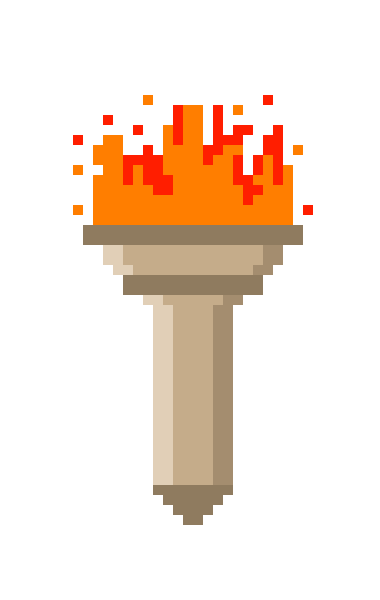Posted on October 26, 2020
Colony of Death
Colony of Death: Weird Fantasy Roleplaying in 17th Century Maryland is a third-party adventure module for Lamentations of the Flame Princess by Mark Hess. It is available in print via Lulu and via PDF from DriveThruRPG (affiliate link). This review is based on a reading of the print version, not on actual play. The author, Mark Hess, has released two other third-party products for Lamentations of the Flame Princess, but this is the first one available in print.
Colony of Death is a 58 page softcover adventure setting, including a high level summary of the English colony of Maryland in 1650, a colour hex map of the setting, a bestiary, random encounter tables, four brief adventures, and several other sections to bring some 17th century colonial flavour to your table, including New World Diseases and rules for growing tobacco in Maryland colony. There’s a lot of value packed into those 58 pages at a very reasonable price – $1.14 for the PDF and $4.99 for the printed book! The module would be terrific value at three times the price.
I have been drawn to the idea of the New World (or a fantasy analogue for it) for my next Lamentations of the Flame Princess campaign for some time. You have wilderness exploration and relative isolation – both useful breeding grounds for horror. The existence of early European colonies in America was precarious – and that’s before you add any weird fantasy or horror complications. Colony of Death does a good job of giving us a sense of this historical precariousness with brief descriptions of the history of the colony and its people. The early religious tolerance between Catholics and Protestants gives way to the violence of the Plundering Times, for example, during which the English Civil War visits Maryland. The disease rules are suitably gritty and nasty, and establish deadly illness as an ever present and omnipresent fact of life in the colony (an historical state which somehow feels less distant in 2020 than it felt in 2019). In a short space, Hess paints an evocative picture of early colonial Maryland as an adventuring locale.
The bestiary is a combination of natural wildlife, supernatural creatures, and potential human foes. There’s 22 entries and random encounter tables for every type of hex in the Maryland map included in the module. The bestiary is not illustrated – some entries have a brief description text before the equally brief LotFP stat block, others are most self-explanatory and jump straight into the stat block. It’s a no-nonsense, working bestiary which will keep the player characters on their toes as they move about the colony. Like most LotFP products Colony of Death seems aimed at low-level characters so the encounters are mostly lower-level creatures, although there are a couple of 7 hit dice creatures too. It would be better with some artwork, but the bestiary is undeniably useful.
The adventures are a nice mixture of “mundane” and supernatural horror. They’re all sufficiently different from each other both to provide your campaign with some variety and to get you to think about the right mix of adventures for your own game. Any historical or pseudo-historical setting can only absorb so much “weird” before the historical aspects are so eclipsed by the weird ones that the setting no longer feels grounded and real – which in turn makes the weird fantasy elements feel less special. It’s important to get a mixture of mundane and supernatural adventures in your campaign in order to make sure the “weird” keeps feeling “weird”. I think this is the motivation for some recent official Lamentations of the Flame Princess releases such as No Rest for the Wicked and The Punchline. It is nice to see a mix of adventure types in a third-party product.
Colony of Death is 58 pages of gameable early colonial era weird fantasy roleplaying content with zero waste, and represents fantastic value in both formats. I highly recommend it. My only minor quibble is that the physical book I bought from US Lulu (it only seems to be available from the US at the moment) is printed in 6×9 inch format, which is slightly taller (just over 1cm) than the A5 size preferred by Lamentations of the Flame Princess. But that’s really nothing. This is a value-packed module, one of the best third-party publications for Lamentations of the Flame Princess I have purchased. If you want to run an OSR game in early colonial America, buy this book, you will not regret it.
